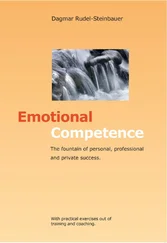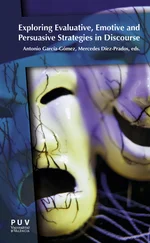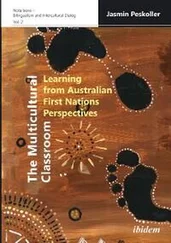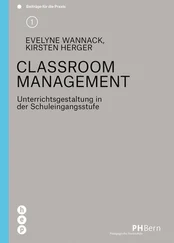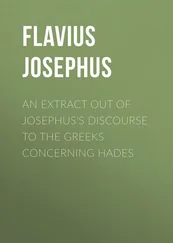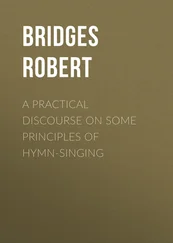3.1 Positioning CDC in a (Revised) Model of FL Teachers’ Professional Competence
In light of the theoretical, conceptual and terminological issues discussed in this chapter, the following expanded and revised model of FL teachers’ professional competence (Fig. 3)8 is proposed:
 Fig. 3:
Fig. 3:
Revised Model of (E)FL Teachers’ Professional Competence
(based on Blömeke et al. 2015, Roters et al. 2014, Shulman 1987, adapted & expanded)
In contrast to previous conceptualizations of (E)FL teachers’ professional competence , the model in Fig. 3 assigns an explicit and central role to L2 classroom discourse competence (CDC) and takes account of the following aspects:
(a) This competence model as a whole draws on existing and established conceptualizations of teachers’ professional competence (e.g. Baumert/Kunter 2006, Blömeke 2011, Blömeke et al. 2015). According to those, ‘competence’ is a complex, multidimensional construct. ‘Competence’ is acquired gradually, and this process is both based on and impacted by teachers’ cognitive-affective dispositions (i.e. knowledge, attitudes, beliefs, values etc.) as well as their skills to strategically and adequately tap into these intrapersonal resources in specific classroom situations. Both dimensions – multidimensionality and processuality – are reflected in this model.
(b) It distinguishes between teachers’ general foreign language competence on the one hand (far left in Fig. 3) and teachers’ professional classroom discourse competence (CDC) on the other hand (blue box in Fig. 3). Target language proficiency is considered here as a linguistic prerequisite for developing CDC, not as its defining constituent. Foreign language competence, as conceptualized for instance by Canale/Swain (1980), denotes the competence that for example non-native speaker TEFL students in Germany need for communicating/interacting in English regardless of the setting or context (i.e. systemic, sociolinguistic and strategic competences). When students participate in university courses taught in English (e.g. Literary Studies courses, seminars in Linguistics etc.), read (academic) texts published in English or write term papers in English, their L2 proficiency increases as, for instance, subject-specific terminology ( Fachsprache ) is acquired. This, however, is not to be equated with CDC. Deviating from Roters et al.’s construct conceptualization (see Fig. 2 and ch. 2.1 above), foreign language competence is not merely seen here as a further addendum to the different types of knowledge but as an essential, that is basic component of EFL teacher professionalism, a prerequisite and foundation. In EFL teacher education at university, neither the acquisition of knowledge nor the development of CDC would be possible without foreign language competence. It is against this backdrop that ‘foreign language competence’ is positioned differently in Fig. 3 than it has been in other visual representations of professional competence. What is more, it is only through specialized TEFL teacher education (with a clear focus also on classroom discourse) that foreign language competence gains a pedagogical dimension in the shape and form of L2 CDC. In other words, L2 proficiency as such is not a sufficient factor in effective language teaching (Bleichenbacher et al. 2017: 5). That is to say that, after all, “[t]he best speakers may not be the best language teachers” (Burke 2015: 5 qtd. in Bleichenbacher et al. 2017: 5f.).
(c) This competence model takes into account that teachers’ classroom discourse actions are informed by and therefore closely linked to teachers’ content, subject-specific and pedagogical knowledge, but it also suggests that CDC does not automatically develop when students have acquired such knowledge. Little is known yet about the actual nature and structure of such links or interfaces, but empirical studies have indeed shown that they do exist and appear to be rather complex (cf. Bleichenbacher et al. 2017: 5). In this model, CDC is linked to the different knowledge repositories but is not situated on the same level since CDC – as the term implies – is to be seen as a complex sub- competence of teachers’ professional competence, i.e. it develops on the basis of specific CD knowledge and teachers’ CD skills to not only activate it but also to transfer and adapt it to concrete classroom situations (see ch. 3.2 below for an elaboration of this). Hence, it cannot be assumed that CDC magically ‘emerges’ when TEFL students, for instance, attend linguistics classes that are usually not tailored to the specific professional needs of language teachers, TEFL classes that more often than not focus on didactic and methodological issues of teaching ‘something’, or general pedagogy seminars in which, naturally, the subject-specificity of ELT is not taken into account. Thus, CDC’s topological distinction from CK, PCK and GPK in Fig. 3 serves to highlight that CD knowledge is a specific type of professional knowledge that can only be acquired when classroom discourse-related CK, PCK and GPK is systematically and explicitly linked in needs-oriented educational contexts. In Fig. 3, hence, CDC – as a key component of FL teachers’ professional competence – is ‘given a central position’ in the competence model (cf. Hallet 2006: 127).
The model in Fig. 3 does not claim to be exhaustive. Its focus lies on visualizing language- and discourse-related components of FL teachers’ professional competence in relation to teachers’ knowledge base. Thus, while certain aspects are foregrounded, others had to be marginalized due to spatial limitations. In Fig. 3, the dotted frame on the right-hand side, for instance, indicates that CDC is to be understood as one dimension of teachers’ so-called teaching competence ( Unterrichtskompetenz ). The notion of ‘teaching competence’ is a complex one in itself and also relates to skills and competences that are not directly linked to CDC. Among others, this refers to certain aspects of preparing lessons (such as reading and understanding commentaries in teacher manuals), teachers’ ability to communicate and cooperate with contact persons in target language regions (when, for instance, planning a student exchange or e-mail project), or teachers’ ability to participate in further teacher education and training programs (when, for instance, attending a TEFL teacher symposium). In Kuster et al.’s (2014a) profession-related language competence profile , ‘linguistic tasks’ like these are categorized as teacher activities in area 1 (preparing lessons), area 4 (establishing external contacts) and area 5 (learning and further training). For example, the three ‘linguistic tasks’ below are mentioned in the competence profiles:
‘In the target language, the teacher is able to understand didactic and methodological information and instructions in order to be able to use them for the preparation of lessons.’ (area 1: preparing lessons, ibid.: 7)
‘In the target language, the teacher is able to write an e-mail to a teacher in the target language who is responsible for a school exchange, e.g. to inform him/her of problems in a guest family.’ (area 4: establishing external contacts, ibid.: 15)
‘In the target language, the teacher is able to take down the key points of a lecture for personal learning purposes.’ (area 5: learning and further training, ibid.: 17).
Although these teacher tasks require foreign language competence and may impact, directly or indirectly, one’s teaching practices, they do not however fall into the category of teachers’ classroom discourse competence. Thus, one of the defining features of CDC is its principal focus on the language learner and the processes of language teaching/learning. The following section will ‘zoom into’ the model in Fig. 3 and specify the different dimensions that inform the construct conceptualization of CDC.
Читать дальше
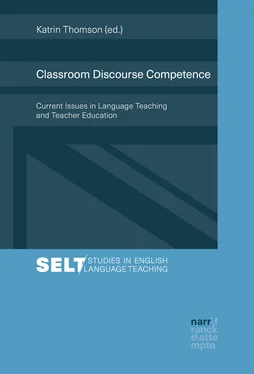
 Fig. 3:
Fig. 3: